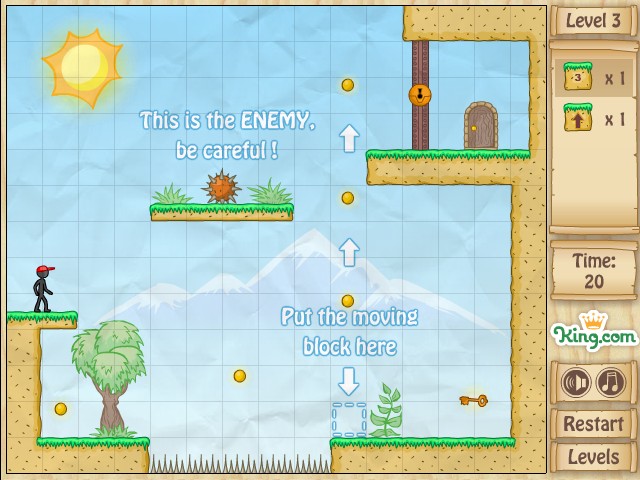
With paraplegia, arm functioning is spared, but, depending on the level of injury, the trunk, legs and pelvic organs may be involved. Paraplegia: This term refers to impairment or loss of motor and/or sensory function in the thoracic, lumbar or sacral (but not cervical) segments of the spinal cord, secondary to damage of neural elements within the spinal canal. It does not include brachial plexus lesions or injury to peripheral nerves outside the neural canal. Tetraplegia results in impairment of function in the arms as well as typically in the trunk, legs and pelvic organs, i.e. Tetraplegia (preferred to “quadriplegia”): This term refers to impairment or loss of motor and/or sensory function in the cervical segments of the spinal cord due to damage of neural elements within the spinal canal. A full-size version for photocopying and use in patient records has been included as an enclosure and may also be downloaded from the ASIA website ( Additional details regarding the examination and e-Learning training materials can also be obtained from the website 15. For ease of reference, a worksheet ( Appendix 1) of the recommended examination is included, with a summary of steps used to classify the injury ( Appendix 2). Subsequent sections cover sensory and motor scores, the AIS classification, and clinical syndromes associated with SCI. The section that follows describes the recommended International Standards examination, including both sensory and motor components. This booklet begins with basic definitions of common terms used herein. This booklet also describes the ASIA (American Spinal Injury Association) Impairment Scale (AIS) to classify the severity (i.e. From the International Standards examination several measures of neurological damage are generated, e.g., Sensory and Motor Levels (on right and left sides), NLI, Sensory Scores (Pin Prick and Light Touch), Motor Scores (upper and lower limb), and ZPP. By systematically examining the dermatomes and myotomes, as described within this booklet, one can determine the cord segments affected by the SCI.

Spinal cord injury (SCI) affects conduction of sensory and motor signals across the site(s) of lesion(s), as well as the autonomic nervous system.
Level example for reggie level editor skin#
While a dermatome usually represents a discrete and contiguous skin area, most roots innervate more than one muscle, and most muscles are innervated by more than one root. Similarly each root innervates a group of muscles called a myotome. There may be 0, 1, or 2 coccygeal nerves but they do not have a role with the International Standards examination in accordance with the International Standards for Neurological Classification of Spinal Cord Injury (ISNCSCI).Įach root receives sensory information from skin areas called dermatomes. The cauda equina is a cluster of paired (right and left) lumbosacral nerve roots that originate in the region of the conus medullaris and travel down through the thecal sac and exit via the intervertebral foramen below their respective vertebral levels. The distal most part of the spinal cord is called the conus medullaris. The spinal cord itself ends at approximately the L1-2 vertebral level. The sacrum consists of 5 embryonic sections that have fused into one bony structure with 5 distinct nerve roots that exit via the sacral foramina. The thoracic spine has 12 distinct nerve roots and the lumbar spine consists of 5 distinct nerve roots that are each named accordingly as they exit below the level of the respective vertebrae. The C1 nerve root does not have a sensory component that is tested on the International Standards Examination.


C1 exits above the C1 vertebra, just below the skull and C6 nerve roots pass between the C5 and C6 vertebrae) whereas C8 exists between the C7 and T1 vertebra as there is no C8 vertebra.

Cervical roots of C1-C7 are named according to the vertebra above which they exit (i.e. In the cervical spine, there are 8 nerve roots. Axons from spinal sensory neurons enter and axons from motor neurons leave the spinal cord via segmental nerves or roots. The gray matter is organized into segments comprising sensory and motor neurons. The spinal cord contains longitudinally oriented spinal tracts (white matter) surrounding central areas (gray matter) where most spinal neuronal cell bodies are located. The spinal cord is the major conduit through which motor and sensory information travels between the brain and body. For further explanation of the clarifications and changes in this revision, see the accompanying article (Kirshblum S., et al. This article represents the content of the booklet, International Standards for Neurological Classification of Spinal Cord Injury, revised 2011, published by the American Spinal Injury Association (ASIA).


 0 kommentar(er)
0 kommentar(er)
